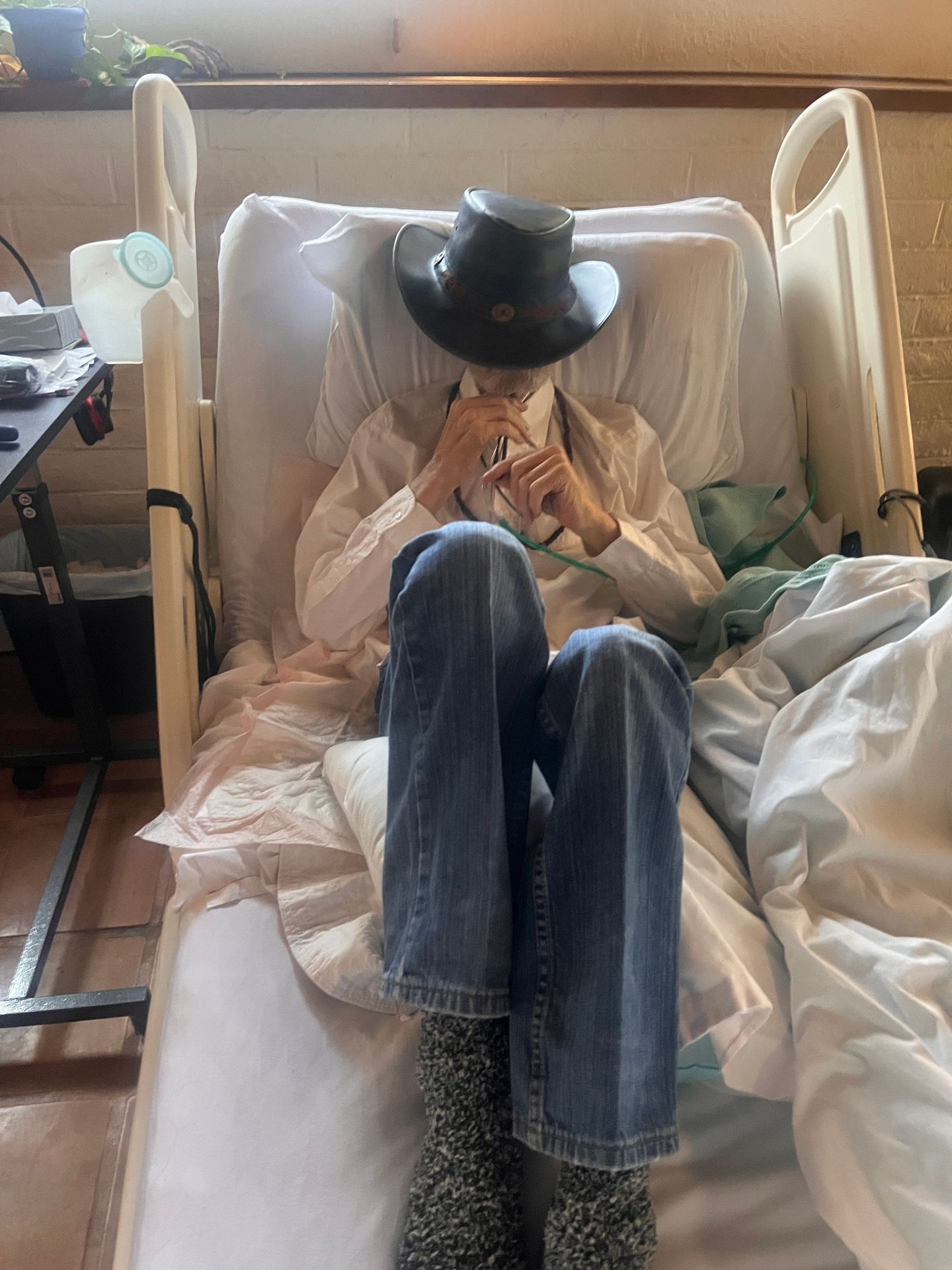Reflections on MAID and the Right to Die
Two weeks ago, one of my patients, 'Two Birds", made the deeply personal choice to pursue Medical Assistance in Dying (MAID). On September 3rd, he transitioned, leaving behind a body that no longer served him after battling a debilitating disease. He was a Buddhist, and grappled with the concept of suicide—it’s frowned upon in the teachings, yet the practice also questions attachment to material things, including the body. For Two Birds, letting go was an act of release, a way to honor his journey without clinging to a vessel that brought him more suffering than joy.

This experience led me to reflect on the broader landscape of euthanasia and assisted suicide, and recently a hosopice worker sent me this article and asked me to post it on my website. It's an insightful article on DNAWeekly.com that dives into the global state of these practices in 2025. It’s a compassionate, well-researched guide that breaks down the differences between euthanasia (where a doctor or another person ends a patient’s life, actively or passively) and assisted suicide (where the patient self-administers a lethal dose, often with a physician’s guidance). The article also maps out where these practices are legal, the processes involved, and the costs, offering clarity for anyone navigating this complex decision.
The guide highlights that euthanasia and assisted suicide are legal in places like Victoria (Australia), Belgium, Canada, Colombia, the Netherlands, Switzerland, Luxembourg, New Zealand, Spain, and select U.S. states like New Mexico, Oregon and Washington. Each region has its own rules—some, like Switzerland, even allow non-residents to seek assisted suicide, making it a destination for those seeking a dignified end. The article explains the medications (typically anesthesia paired with a barbiturate like phenobarbital), legal requirements (like terminal illness diagnoses or mental competency), and processes (often involving multiple physician reviews and waiting periods). Costs vary, from free in countries with socialized healthcare to thousands of euros in Switzerland for non-residents.
What struck me most was the article’s emphasis on the “right to die” as a matter of autonomy and dignity. For Two Birds, this resonated deeply. His illness stripped away his physical independence, and MAID offered a way to reclaim control over his final moments. The guide also acknowledges the controversy, especially in religious contexts, but notes that global attitudes are shifting toward recognizing this choice as a human right.
As I sit with Two Birds’ transition, I’m reminded that the Buddhist path asks to release attachment, to see the body as impermanent. His decision wasn’t about giving up but about embracing peace. If you’re exploring this topic, whether for yourself or a loved one, I recommend reading the DNAWeekly guide for its clear, compassionate overview. It’s a heavy topic, but one worth reflecting on with an open heart.
https://www.dnaweekly.com/blog/complete-guide-euthanasia-where-how-when-legal/
What are your thoughts on the right to die? How do we balance compassion, autonomy, and the sanctity of life? Let’s journey through these questions together.
With Love, Sundara Heart